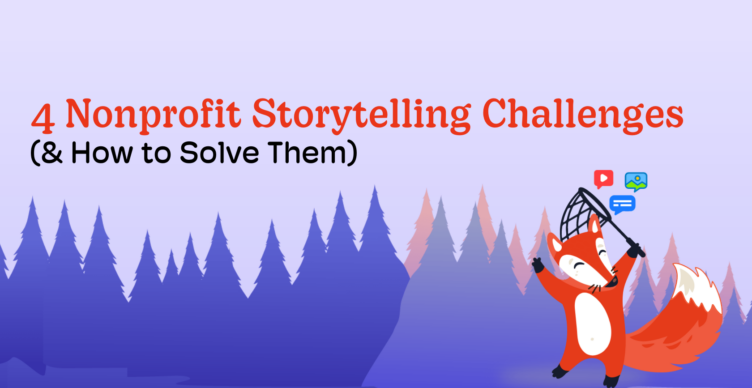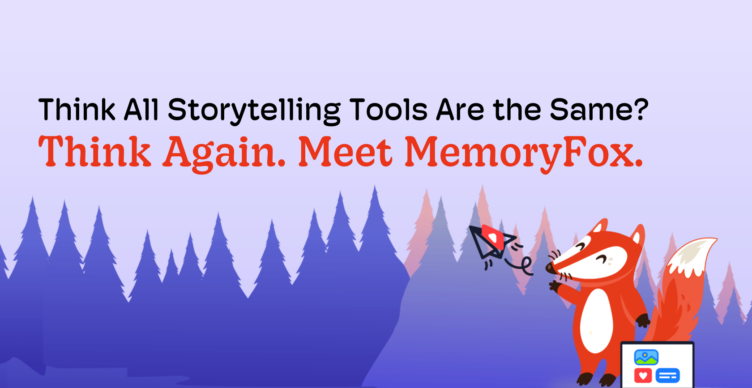Donor Appreciation, Video Storytelling
Using Video Storytelling to Strengthen Your Capital Campaign
Video can be a powerful tool throughout a capital campaign. It conveys emotion, tells compelling stories, and demonstrates impact in a way that written materials often cannot. Whether your organization is preparing for donor meetings, holding a public event, or thanking supporters after the campaign, videos offer numerous ways to engage and inspire donors at every stage.
Here’s how to effectively use video before, during, and after your capital campaign while making sure you differentiate between the private and public phases.
Private Phase: Building Momentum and Securing Lead Gifts
During the pre-campaign planning, feasibility study, and quiet phases, the focus is on gaining traction with key stakeholders, lead donors, and board members. The content created in this phase is largely for internal use and private conversations. Videos are used to illustrate vision, build excitement, and secure major gifts before the campaign becomes public.
Vision and Case for Support Videos
A short, visually compelling video can help you present the project’s goals and anticipated impact. Featuring leadership and potential beneficiaries, the video should outline the problem the campaign will solve and highlight the difference donor support will make. This is the foundation for creating emotional connections early on.
Where to use it:
- One-on-one donor meetings
- Private donor events
- Presentations to board members and campaign committees
Beneficiary Testimonials
Gathering personal stories from people directly impacted by your organization’s work is a meaningful way to convey the importance of your mission. Testimonial videos should highlight how donors have helped so far and what more funding could achieve. These clips work particularly well when presented during donor meetings or private gatherings, where conversations can be more personalized.
For example, if the campaign is funding the construction of a new community center, a beneficiary could share how they’ve benefited from existing programs and why the new space is essential.
Leadership and Board Endorsements
Short interviews with board members, organizational leaders, or influential supporters can reinforce donor confidence. Having respected voices vouch for the campaign shows that it has been thoughtfully planned and is backed by dedicated leadership. These clips can be incorporated into case presentations or shared through follow-up communications.
Public Phase: Expanding Reach and Driving Community Support
Once 70-80% of the campaign goal has been secured privately, the public phase begins. This stage focuses on energizing the broader community, attracting smaller donors, and generating widespread participation. Video takes on a much more outward-facing role, helping to maintain excitement and sustain momentum.
Kick-Off Event Videos
At the launch of the public phase, your organization should release a signature campaign video. This video should combine elements such as beneficiary testimonials, progress updates, and leadership commentary to highlight what has already been accomplished and the gap that remains. It should conclude with a clear invitation for public involvement.
Where to share:
- Kick-off events
- Social media platforms
- Organization website and campaign landing pages
Donor Spotlights
Highlighting early supporters in short videos can inspire others to contribute. Donors can share why they gave and what they hope the campaign will achieve. These clips create a sense of momentum, showing that people are actively supporting the cause.
Short donor spotlights can be shared across various channels, including email updates and social media posts.
Social Media Clips Featuring Beneficiaries
Quick, 30-60 second testimonials from those your organization serves work well on social platforms. These clips should be designed to capture attention quickly and communicate a simple but meaningful message. Pair them with specific calls to action, such as links to donation pages.
Challenge or Matching Gift Announcements
Video is a useful way to announce giving challenges or matching gift campaigns. A brief, dynamic video explaining how gifts will be doubled or matched for a limited time can help create urgency. Include visual elements such as countdown timers or donation progress bars to emphasize the importance of acting quickly.
Post-Campaign: Gratitude and Long-Term Donor Stewardship
Once the campaign has concluded, videos can help you celebrate success and express gratitude. This phase is crucial for reinforcing donor relationships and laying the groundwork for future campaigns.
Thank You Videos
These videos should be heartfelt and personal, featuring leadership, staff, and beneficiaries thanking donors directly. Thank you videos can be customized for major donors or created in a general format for the broader donor base.
Where to share:
- Personalized emails to major donors
- Social media platforms to publicly recognize the community
- Year-end donor reports
Impact Videos
Show donors what their contributions have accomplished by creating an impact video that highlights completed projects, improved programs, or enhanced facilities. Include clips of beneficiaries explaining how their lives have been positively affected. This reinforces the value of the donor’s contribution and builds trust in your organization’s ability to deliver results.
Where to share:
- Donor appreciation events
- Annual reports
- Newsletters
Legacy Videos
A well-crafted legacy video can capture the full scope of the campaign, from initial planning to project completion. This type of content is useful not only for acknowledging the contributions of past donors but also for inspiring future supporters.
Making the Most of Video Throughout the Campaign
Video storytelling can be an effective tool at every stage of a capital campaign, helping you connect with donors on an emotional level and keep them engaged. In the private phase, videos are used strategically to convey vision and secure major gifts. During the public phase, they broaden the campaign’s reach, energize the community, and drive participation. After the campaign, they reinforce donor satisfaction by showing the real-world impact of their contributions.
By planning your video strategy thoughtfully, you can strengthen donor relationships, improve engagement, and leave a lasting impression on your supporters.

About the Author
Steven Shattuck
Director of Engagement, Capital Campaign Pro
Steven Shattuck is the Director of Engagement at Capital Campaign Pro and the author of Robots Make Bad Fundraisers – How Nonprofits Can Maintain the Heart in the Digital Age. A frequent webinar presenter and conference speaker, he has nearly two decades of experience advising nonprofits on donor communications, data management, and digital content.




